Boils On Toddler’s Bottom – Causes, Symptoms And Remedies!
Alarmed by the red bumps on your baby’s skin? A possible sign of poor hygiene, these usually heal on their own, but always keep your baby safe from the boils.
On Mar 28, 2023 – 11 minutes read
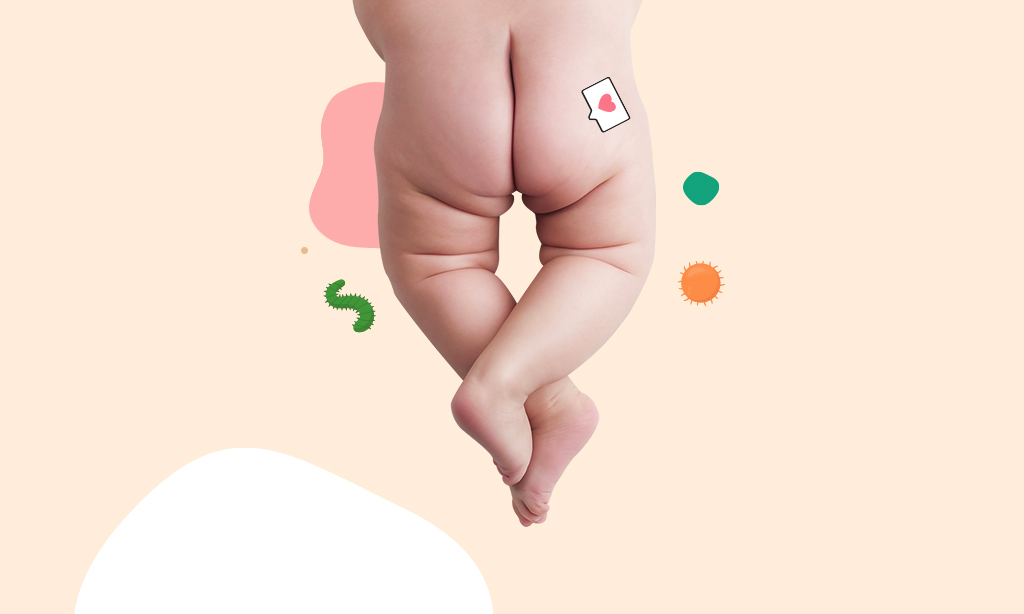
Is a painful red boil on the bottom troubling your cheery little one? Boils on toddlers bottom are a common occurrence.
There are many types of bacterial skin infections that can happen to children. However, a boil on their tiny little bottoms can be most bothersome for them. Let’s have a look at the causes, symptoms, and remedies for boils on toddler bottom!
Boils On Toddlers Bottom – Causes, Symptoms & Remedies!
Boils are tender painful red bumps on the skin. They are caused by an infection in the root of the hair or skin pores. They usually go away with simple medicines. But let’s first take a look at the causes and symptoms of boils on babies.
⇒ Here is an infographic with all details on Boils on Toddlers Bottom

What Are Boils?
Boils, or furuncles, are little red lumps formed on the skin. These are a result of a bacterial infection in the hair root or sweat pores in the skin. They are also referred to as abscesses or Staph infection(1) as they are caused by the bacteria Staphylococcus aureus.
Boils on toddlers bottom do not point to any serious health issue or concerning infections. Anybody can develop these boils and toddlers are as susceptible to them as adults and teenagers. Some women occasionally develop vaginal boils as well. They usually go away on their own without any major complications.
Causes Of Boils On Toddlers Bottom
One of the most common causes of boils is improper skin hygiene. Lack of proper personal hygiene can cause these bacterial infections and lead to boils. Some children are more susceptible to these skin infections than others.
Toddlers who have an iron deficiency or a weak immune system get them more often. Eczema and damaged skin are also prone to boils as the skin is very fragile in both cases. The bacteria that cause these red tender lumps enter the skin through a small cut. They can also travel from the hair to the root follicle.

Another common reason for boils on babies’ bottom is getting in contact with any other person or child who is suffering from the same bacterial infection. If your toddler has experienced boils before, they might be at a higher risk to develop them again. Practice good hygiene to prevent recurrence of boils on toddlers bottom.
Diabetes is another reason behind recurring boils but it is not very common in children as compared to adults. People having a history of diabetes tend to get boils more often and often complain of recurring boils.
Symptoms And Signs Of Boils On Toddler
How to identify boils on toddlers bottom? If you notice a red and tender lump forming under the skin of the buttocks, it is probably a boil. It is usually hard in the beginning and increases in size with time. It might be filled with pus and has a white or yellow part in the center.
The soreness and pain also increase as the boil grows in size. The pus-filled center might burst. So it is important to maintain good personal hygiene in order to prevent the bacteria from spreading to other parts of the skin. Swollen lymph nodes are another indicator of boils. A baby that has boils might develop a fever in some cases.

So the main symptoms of boils(2) include:
- Red lump(s) on the skin.
- Soreness in the lump and increasing size.
- The white or yellow pus-filled center may or may not be present.
- Swollen lymph nodes and mild fever.
When Should I Seek Medical Help?
The health of your child is very important. It is important to pay close attention to the condition of the boils to see if they are healing properly. Boils on toddlers bottom also mean that the child might find it difficult to sit properly for long hours. So it is important for them to heal quickly. Recurring or large boils can lead to other skin infections and even pneumonia if not treated properly. While most boils do settle on their own in one or two days, it is advised to seek medical attention if your baby is experiencing any of these symptoms:
If the boil leads to a fever and the child feels discomfort.
In some cases, fever may follow a boil on babies. This is because the body begins to generate antibodies to fight the infection and begin healing it. Keep an eye on the temperature using a thermometer. Go to the emergency room if it rises above 100 degrees Fahrenheit.

If it does not reduce in size or does not form a point in 2-3 days.
Boils on toddlers bottom are to be given more attention if they remain the same in size. A pus-filled point or pocket should be formed on the boil after a few days which then opens and drains when the boil begins to heal. If the boils on babies do not become smaller with time and the pus remains inside, it is advised to consult a physician.
Do not poke a needle or pin to open the boil as this can lead to severe infection. You can refer to more baby boils pictures on the internet to be sure of what a normal boil looks like.
If there are blood streaks in the boil and pus contains blood.
Blood in the pus or blood streaks in the boil may indicate an open wound near the boil area that can get infected easily. It might also mean that the boil is not healing properly and medical intervention is required.
If there is a lot of pain and the boil grows continuously.
Some boils might pain a lot more than others and children have a lower pain threshold. So it is better to go to the doctor to get some antibiotics to relieve the pain. If the boil grows in size and does not show any signs of healing, then you should seek medical advice.
The bacteria spread to other areas and cause multiple boils on toddlers bottom.
If your child is suffering from recurring boils, the bacteria may be spreading to other areas and causing more infection. A course of antibiotics under the advice of a doctor can help control the spread and give your toddler some relief from these painful infections.
Best Home Remedies for Boils on Toddlers Bottom
We advise you to treat boils with caution as home remedies may not give the expected results. In some cases even worsen the situation if applied incorrectly. Some home remedies might provide some temporary relief if you are searching for how to treat boils on toddlers, but do seek medical attention if you notice any of the above symptoms you are unsure of. The most common home remedies for boils on toddlers bottom are discussed below.
Apply a Warm Compress on the boils on toddlers bottom
One of the most effective home remedies for boils on babies is to apply a warm compress to the area. This should help open up the boil and let the pus drain. Apply a warm towel on the boil area 3-4 times a day for significant relief. Make sure that you use a clean towel and wash your hands before applying the compress to prevent further infection.

Bandage the boils on toddlers bottom
Apply a bandage on the boil after cleaning the area with antiseptic solution after all the pus is drained. Applying rubbing alcohol on the area before putting a bandage helps to keep the area dry.
Never squeeze or pop the boils on toddlers bottom
Never squeeze or pop boils on toddlers bottom or anywhere on the body as it can cause permanent scarring and recurrence of boils. Maintain good personal hygiene. Keep your toddler’s bottoms clean by washing them with warm water frequently and applying an antiseptic solution to them. Use a clean cotton swab to apply the solution.
Honey
You can also apply a bit of honey or a poultice(3) made up of porridge over the boil to get rid of the inflammation and redness quickly. Soak the poultice in warm milk before using it to help heal the boil quickly.
Keep the area warm and dry
The heat helps in the healing process in case of boils on toddlers bottoms, so make sure that you keep the area warm and dry. Clean after every washroom trip and make the toddler wear clean underwear every time they get sweaty or wet.
Kid-friendly medicines for boils on toddlers bottom
Do not give over-the-counter medicines to toddlers as medicines designed for adults are not suitable for children and have side effects. Look for kid-friendly medicines that have a gentler composition and provide relief.
These are the home remedies that tend to work on boils but tread carefully as any improper medicine or incision can cause more harm than good. It is a common skin infection but any skin infection if left untreated or treated using untested home remedies can be a persistent source of discomfort.
Medical treatments for boils on toddlers bottoms include incision and drainage using sterile surgical equipment in cases where the antibiotics prove ineffective.
How to Know if the Boils on Babies are Healing?
The boil will reduce in size and the pain will reduce slowly as the boil begins to heal. You will notice that the toddler is less fussy and is experiencing less discomfort as well. The itching also subsides and the redness starts to clear up. The pus may start draining on its own, so it is important to keep the area clean and dry.
In almost all cases, the boil does not heal without opening and draining the pus. If there is no pus then the boil might settle on its own after a week or so. During this time, ask your toddler to not pinch or press the area as this can delay the healing process.
In most cases, boils tend to get better in 7-10 days depending on the size and nature of the boil. It is advised to seek medical attention from a skin doctor if the boil persists after two weeks. The doctor will be able to diagnose it and prescribe some medicines to fasten the healing process.
How to Treat Boils on Toddlers Bottom and Prevent your Baby from Boils?
Boils on the bottom, for adults can be bothersome for both aesthetic and discomfort reasons. It is very important for babies and toddlers to be protected from boils as they can be painful for them and can cause a lot of discomfort. Toddlers might also not understand how to take care of the affected area and might hinder the healing process. Here are some tips that can help prevent boils on toddlers bottoms:
Always maintain good personal hygiene.
Keep your and your child’s body clean by taking a bath regularly and using skincare products that are appropriate for the age.
Use talcum powder to prevent excessive sweating and clean the skin to dry it properly before putting clothes on to prevent moisture-related skin issues. Always encourage a bath after a sweaty play session to keep the germs away from the skin.
Keep your child away from anyone who has boils.
People with recurring boils or simple boils should stay away from babies and toddlers as the bacteria can spread easily. Change your clothes and bedding frequently if you are suffering from boils and wash them to get rid of the bacteria to keep safe from boils on toddlers bottom.
Wash your hands frequently.
Always wash your hands thoroughly while handling or playing with your child. Ask visitors to sanitize their hands when they handle the baby or the toddler. Wash their toys and clothes in warm water once in a while to prevent all kinds of germs from entering their body. Keep the floors clean to prevent boils to toddlers bottom. You may keep a hand sanitizer near the play area and bathroom to help them clean their hands easily under adult supervision. But make sure they are out of their reach for unsupervised usage and be aware that the use of sanitizers too frequently can lead to moisture loss on the skin.
Prevent the boils on toddlers bottom from spreading to other parts of the body.
If you notice a boil on your toddler’s bottom, clean it on a reasonably regular basis. Apply a bandage after the pus has drained to prevent the infection from spreading to other regions. Teach the toddler how to take care of the affected area and remind them to not touch it often to prevent it from spreading.
Now that you know all about boils on toddlers bottoms, it will be easier to identify and treat them the next time you encounter a boil. Boils are very common and usually go away with simple medicines and home remedies so there is no need to worry if your toddler gets one on his or her bottoms. There is only one important thing to remember and that is to keep the affected area dry and clean. Go to a doctor if you feel that the boil is not healing properly or is spreading to other regions of the body. Teaching them the importance of proper personal hygiene is another way to prevent future infections.
Are Boils on Babies Contagious?
All boils are not contagious. However, be careful about those contain pus. Pus boils can be contagious and can infect anyone through contact with the baby. Sharing baby’s towels and bedsheets can also cause to transmit the infection. These contagious pus boils on toddlers bottom or any part of the body have to be taken seriously! Watch out for them during the summer and rainy seasons.
How Long Do Infant Boils Last?
Boils on babies can last for a couple of weeks. If it doesn’t subside after two weeks, you need to seek medical assistance.
Baby Boils Pictures






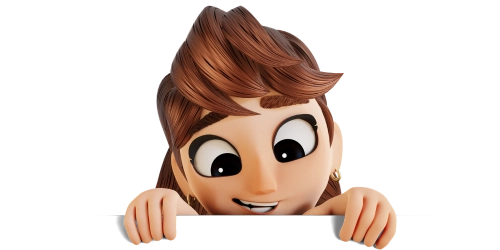
Subscribe to Newsletter
Elevate your routine, stay on trend, and embrace a personalized beauty journey with our curated insights.
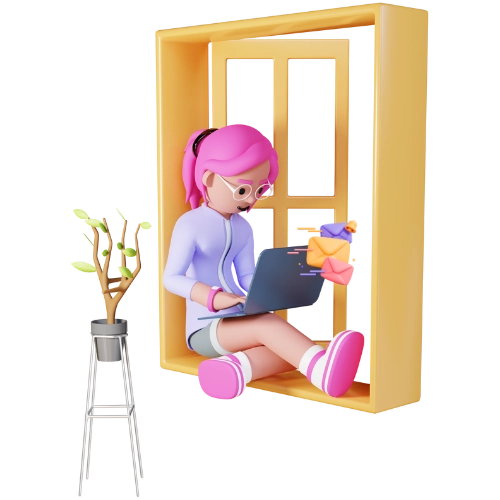

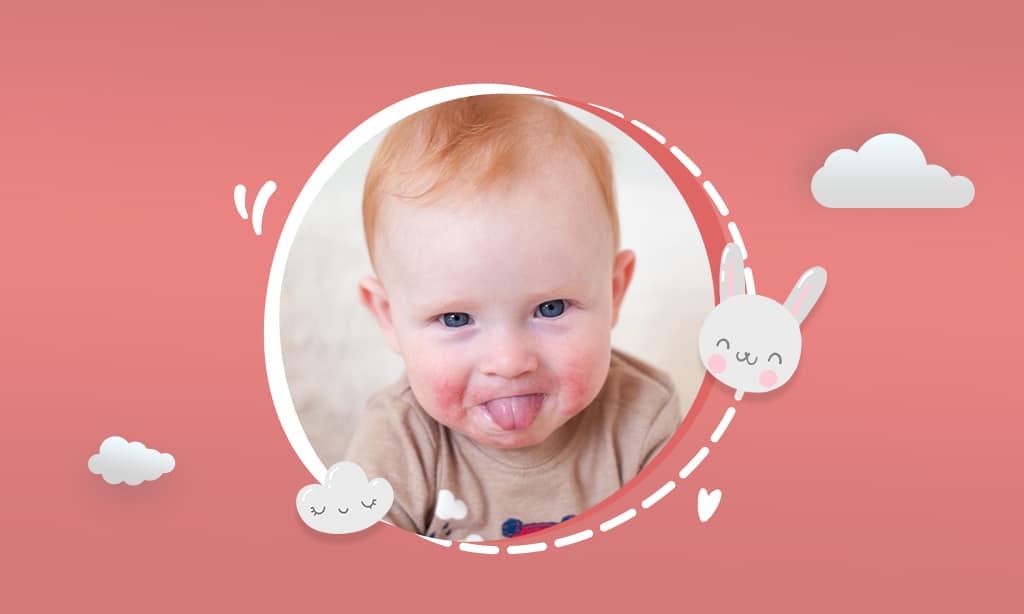
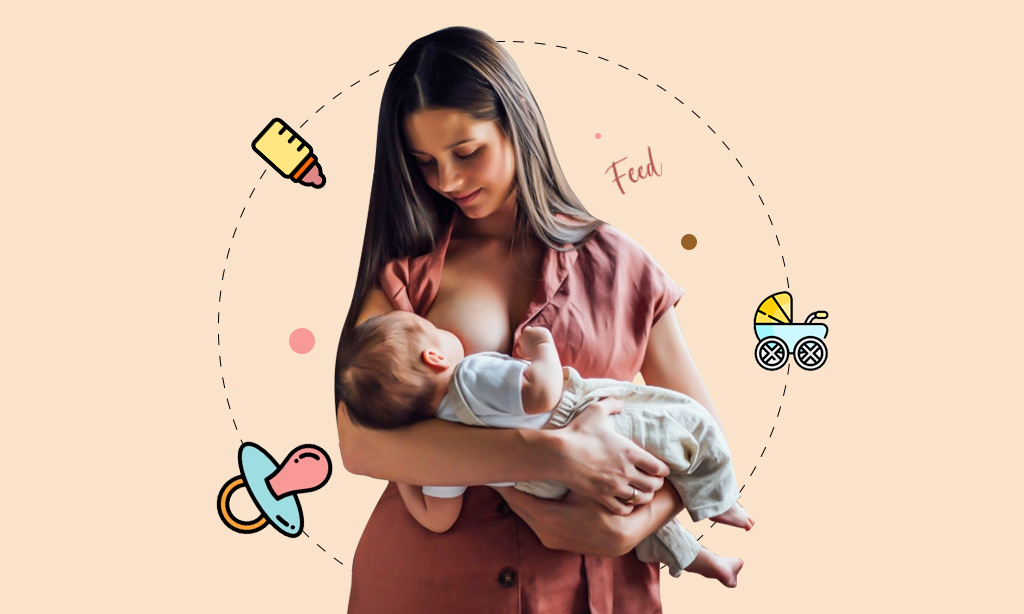
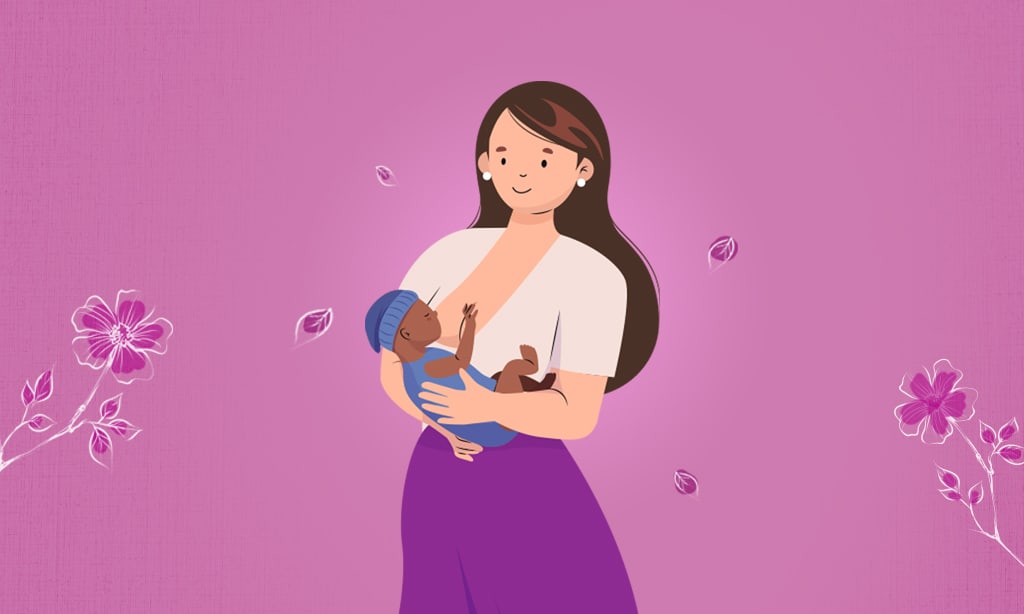
Write a Comment